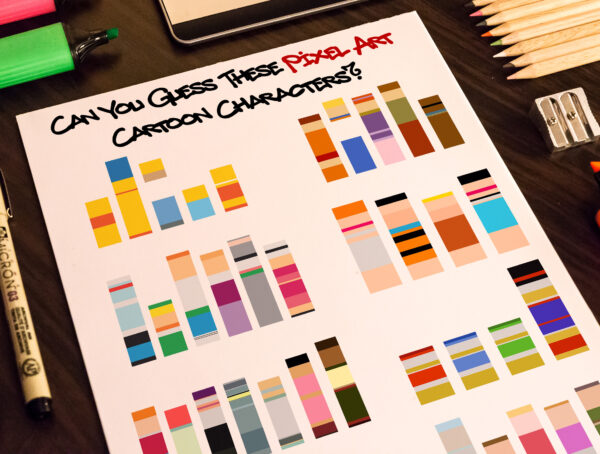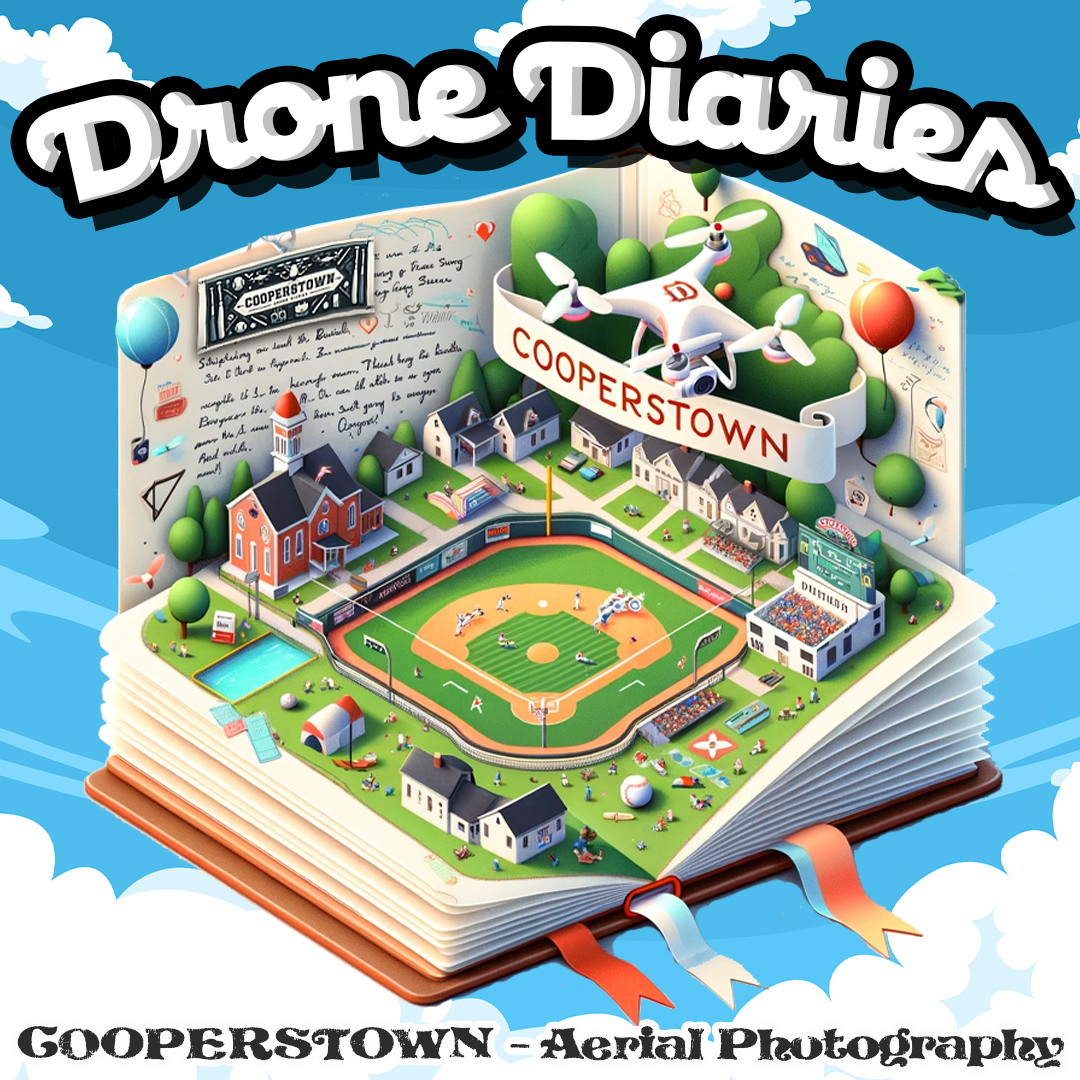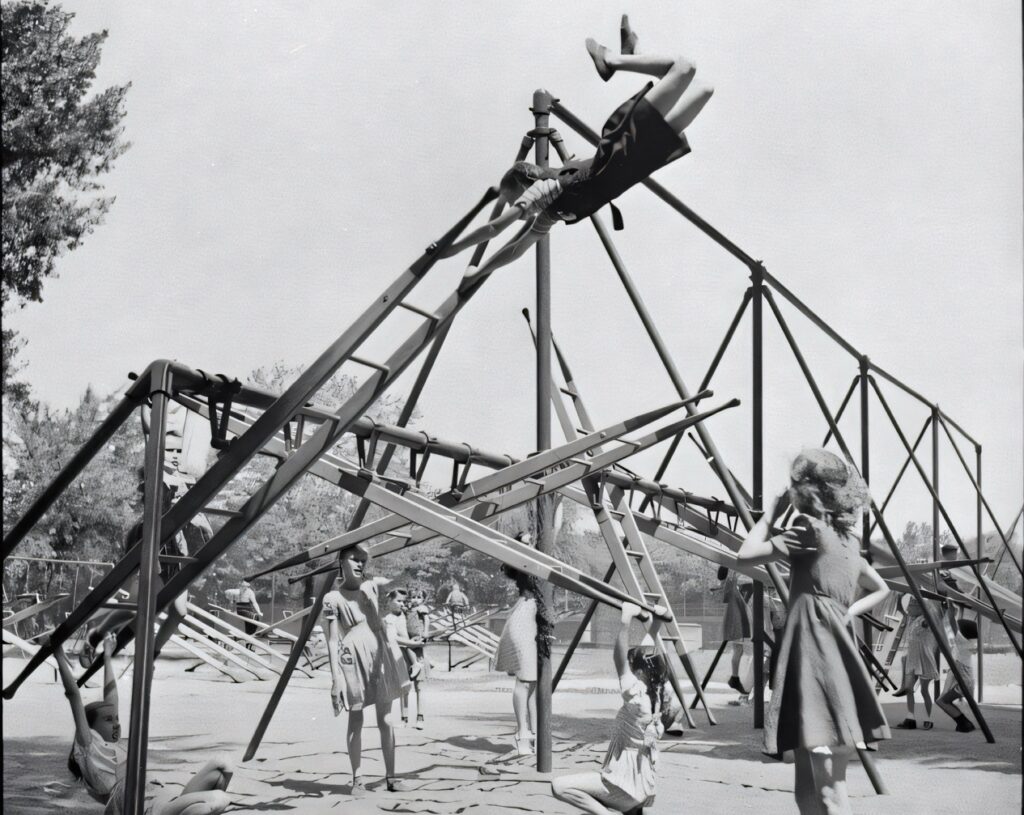
How We Have Banned Fun From Playgrounds
Playgrounds used to be places where kids could go to test their limits and push the envelope, but now they might as well be called “don’t-get-hurt zones.” When I was a kid, a jungle gym was something you had to muster the nerve to climb to the top of.
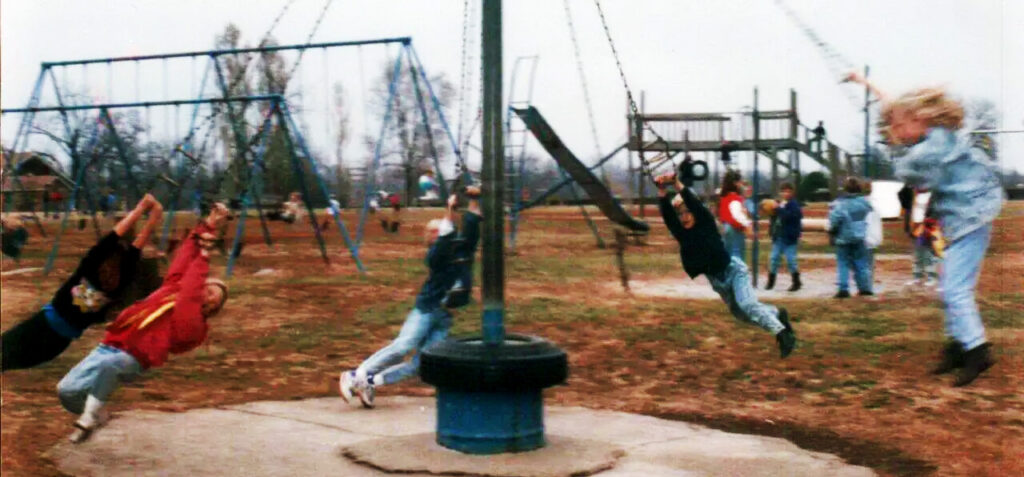
If you made it to the top, you got an awesome view of your kingdom; if you didn’t, you got the lesson in how to deal with disappointment. Falling was what we did, and we didn’t do it with any kind of FAA-approved padding beneath us: We learned how to hold our bodies to minimize damage and how to roll if we really had to fall from a height.

That’s how we learned grit, determination, and the life skills you’d think the school board would be proud to go into a playground’s design rubrics. Now those rubberized slabs of ground seem to have taken on a life of their own, with the very word “playground” having become too closely associated with kids roaming around without supervision to comfortably embrace.
Over-Protectiveness: The Real Menace Threatening Today’s Playgrounds
What I’m addressing is the current cultural phenomenon where parents are excessive in their protectiveness and supervision of their children. For some reason, this seems to be reflected most strongly in the way children are allowed or not allowed to play, particularly on playgrounds.
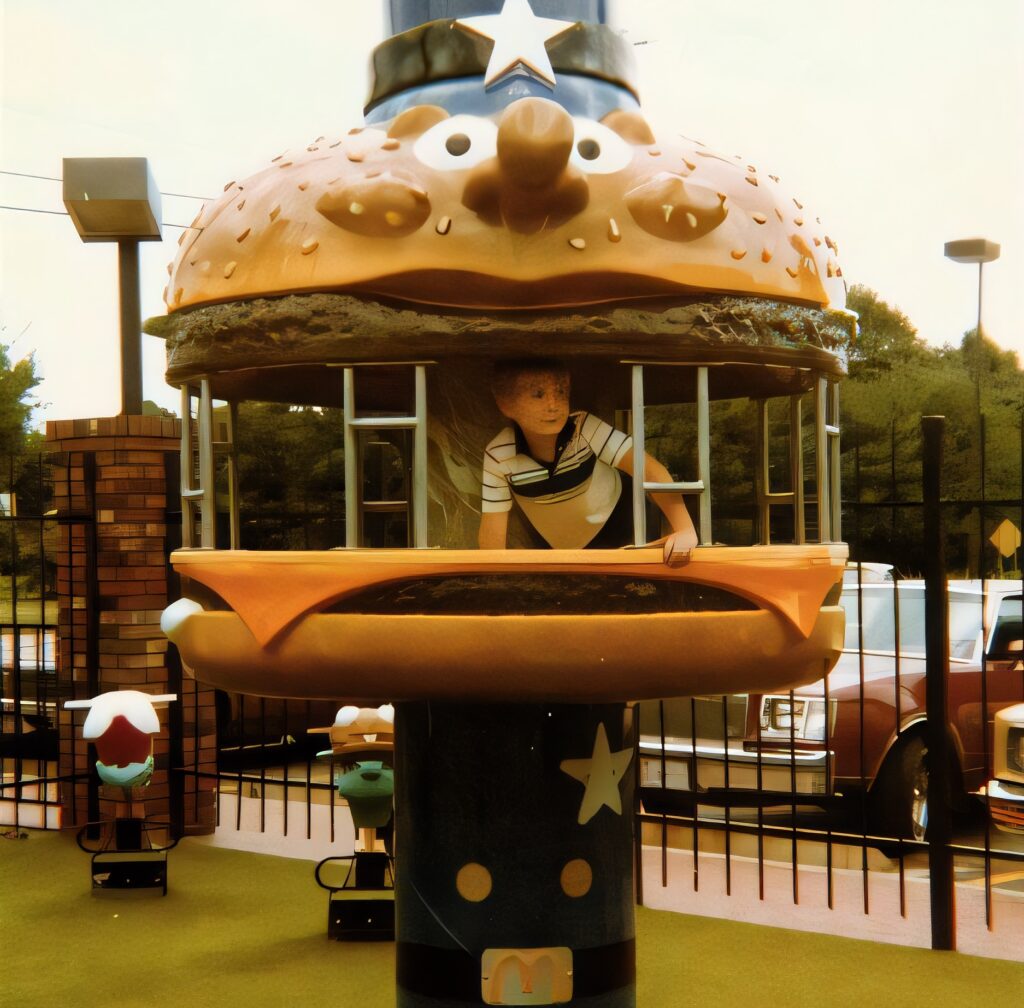
In a more serious way, this is about how children are being raised and the limited, overregulated environments in which they are allowed to exist.
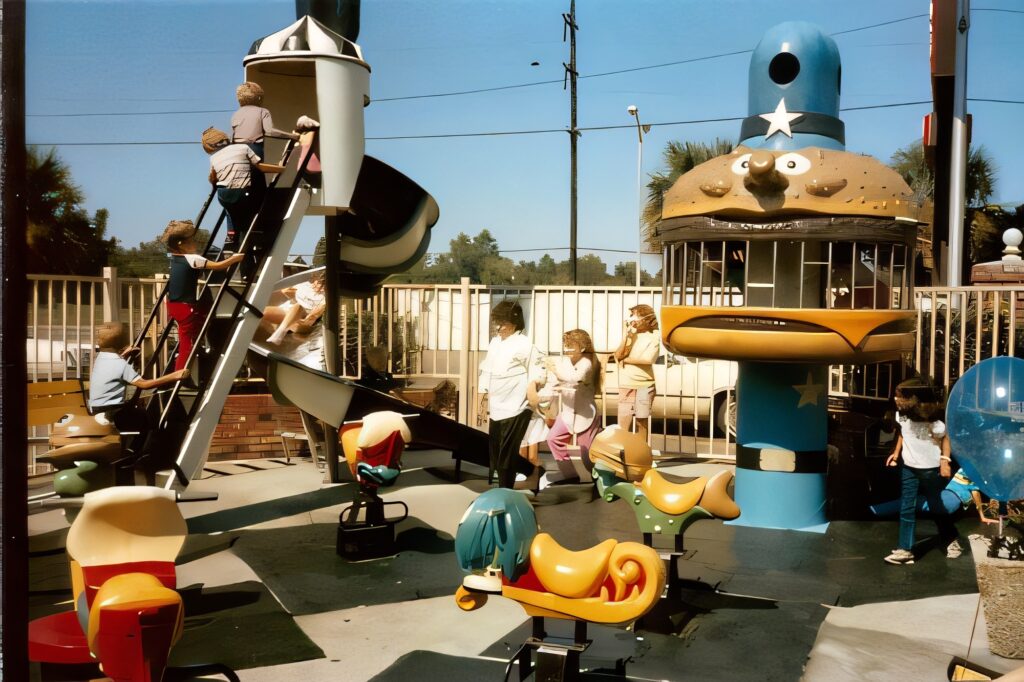
It also has surface-level associations with the way certain playgrounds have become dangerously safe spaces that aren’t really playgrounds at all.
The Importance of Risk
The problem doesn’t require a Ph.D. to understand. Children absolutely require risk. They need to fall, fail, and pick themselves up again—all essential to growing up.
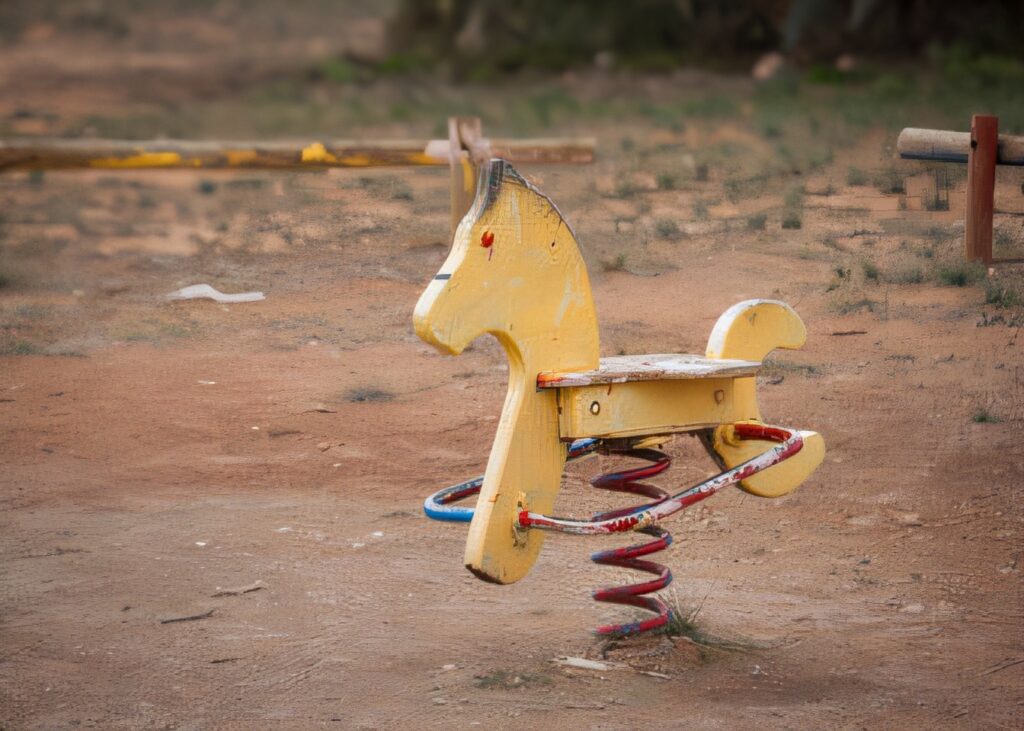
Risk is how they learn boundaries and test their limits and, most of all, how they build the confidence necessary to tackle tasks and challenges that are ever larger and more complicated. Try to remove all risk from childhood, and you not only sanitize it; you stunt development.
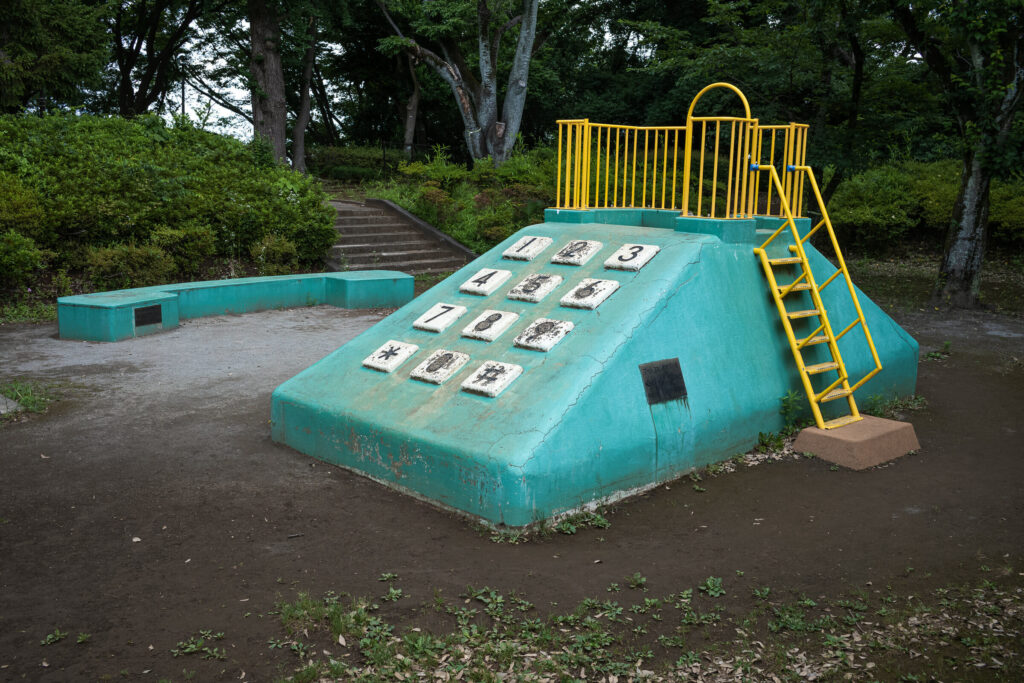
What we’re really being told, of course, is the cost of our increasingly paranoid parenting. And parenting that is this paranoid can’t be risk rational because it seeks to reduce risk to zero.
From Risky Adventure to Safe Play
Playgrounds have become yet another casualty of our litigious culture. They used to be places where children could take risks and grow stronger for it.
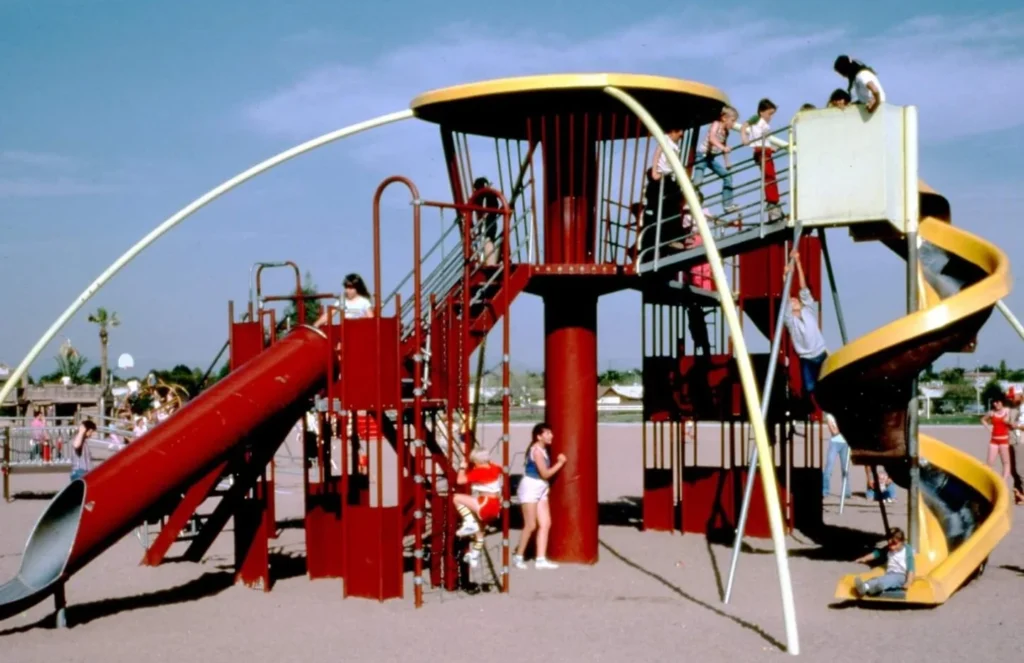
Now they are places where equipment is so safe that it is practically a case study in compliance. Swings may not swing too high, slides may not slide too fast, and merry-go-rounds? Forget it! The result is that coloring prisons where children could once imagine and invent are now filled with omnishambles of happy, colorful, and very compliant equipment.
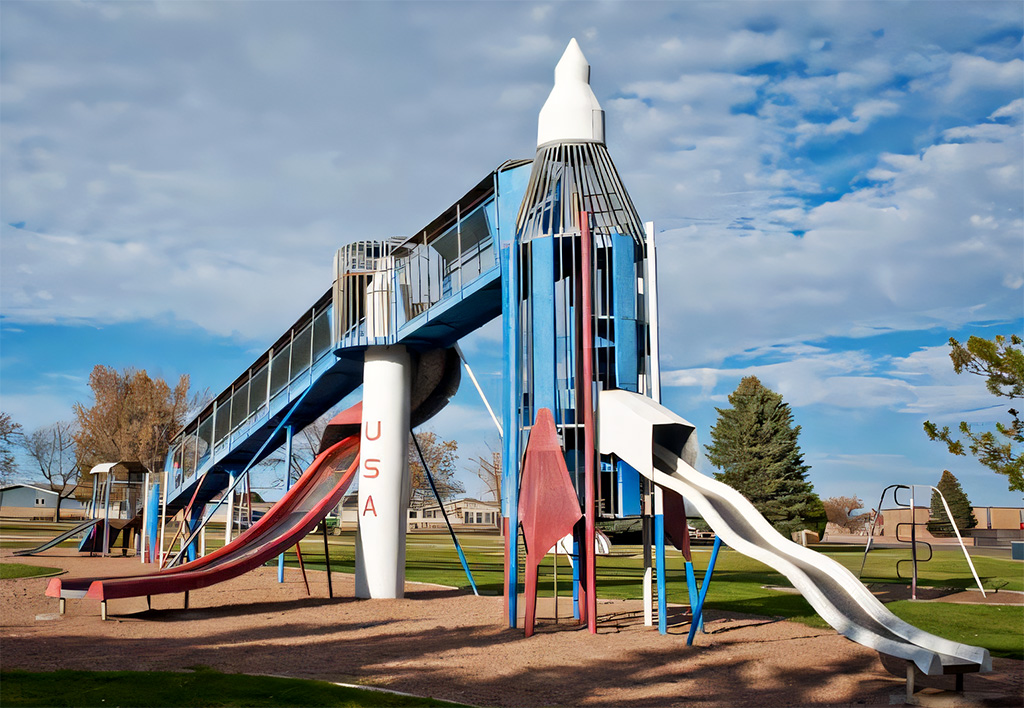
In removing every potential hazard, we have drained the joy from the playground experience.
The Way Forward: Allow Children to Experience Failure
The mad quest to eliminate risk in childhood has resulted in the creation of a generation of children who avoid both climbing and trying anything that might end in a fall.
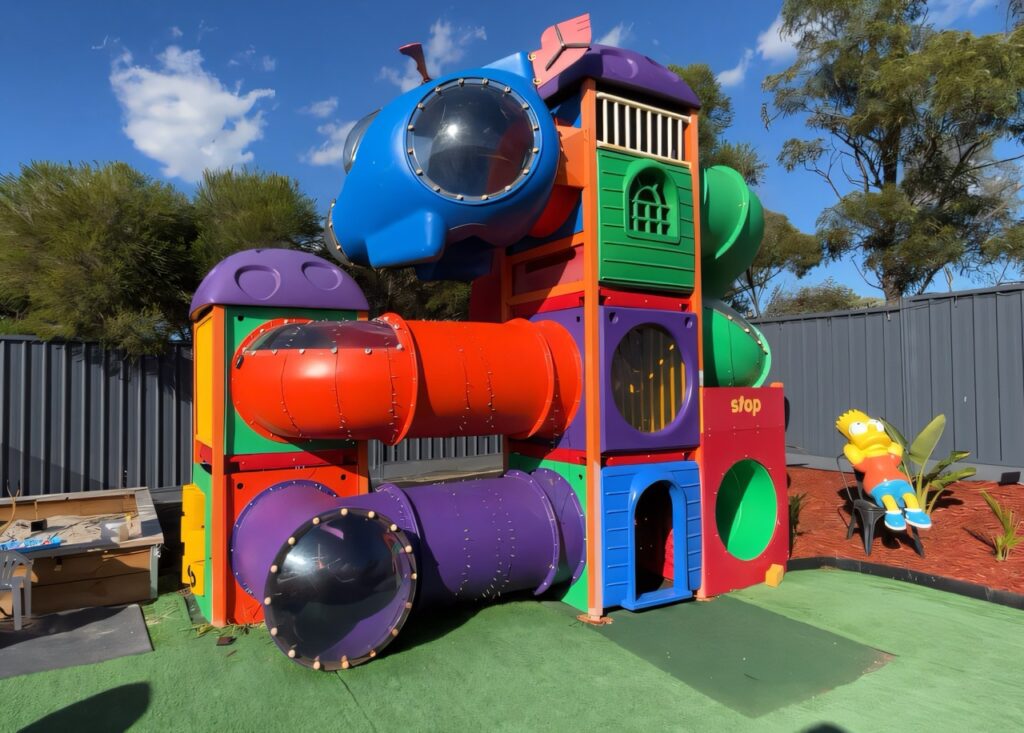
To reclaim a child’s birthright of climbing high, falling far, and learning resilience in the face of scraped knees, fractured bones, and the sometimes nasty surprises life throws at us, we need to re-invite risk into the child development equation. Playgrounds were a place of opportunity, resilience, and character formation.

As we design risk back into the equations of childhood and play, we need to allow for the possibility of falling without panicking. “Let the children fall and learn that they can get up and brush themselves off.”
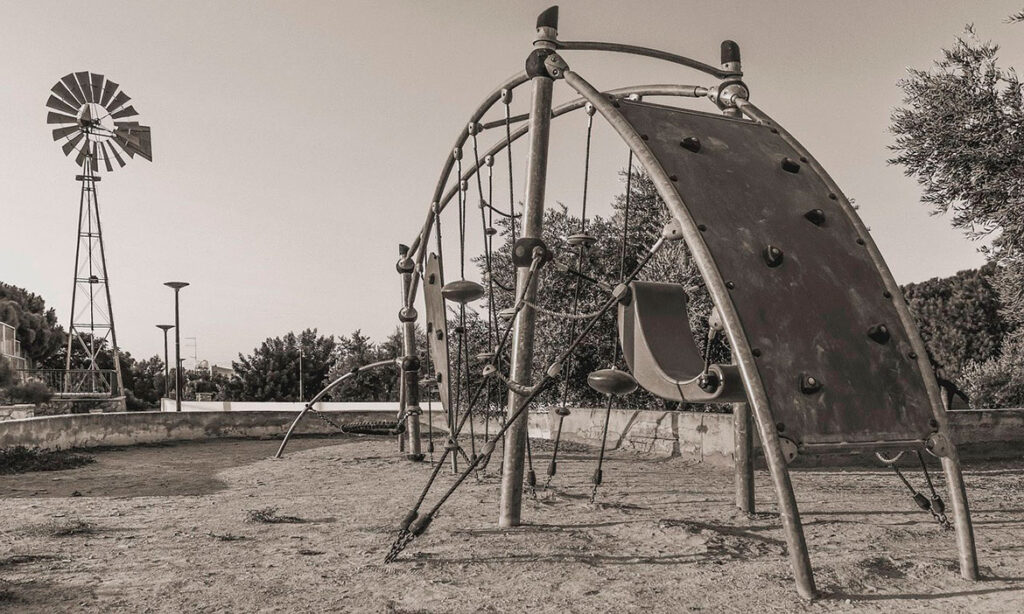
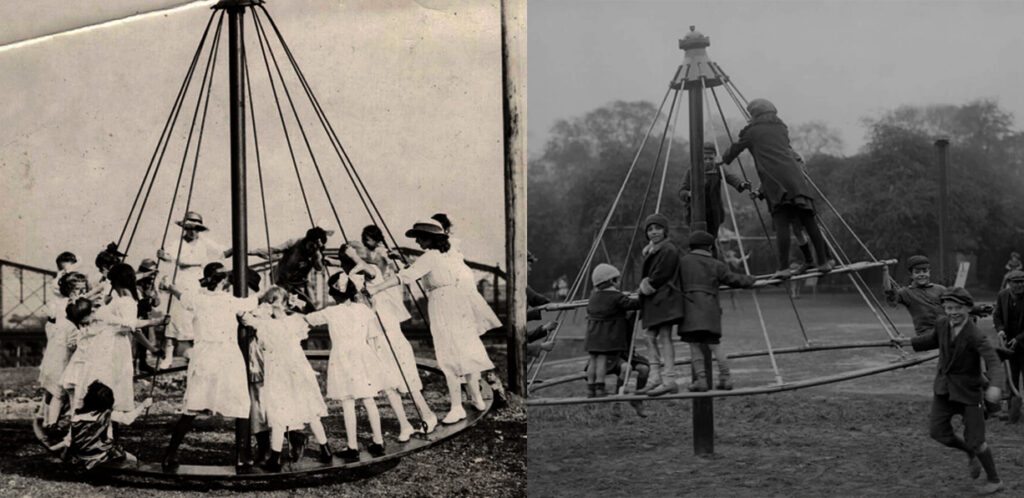
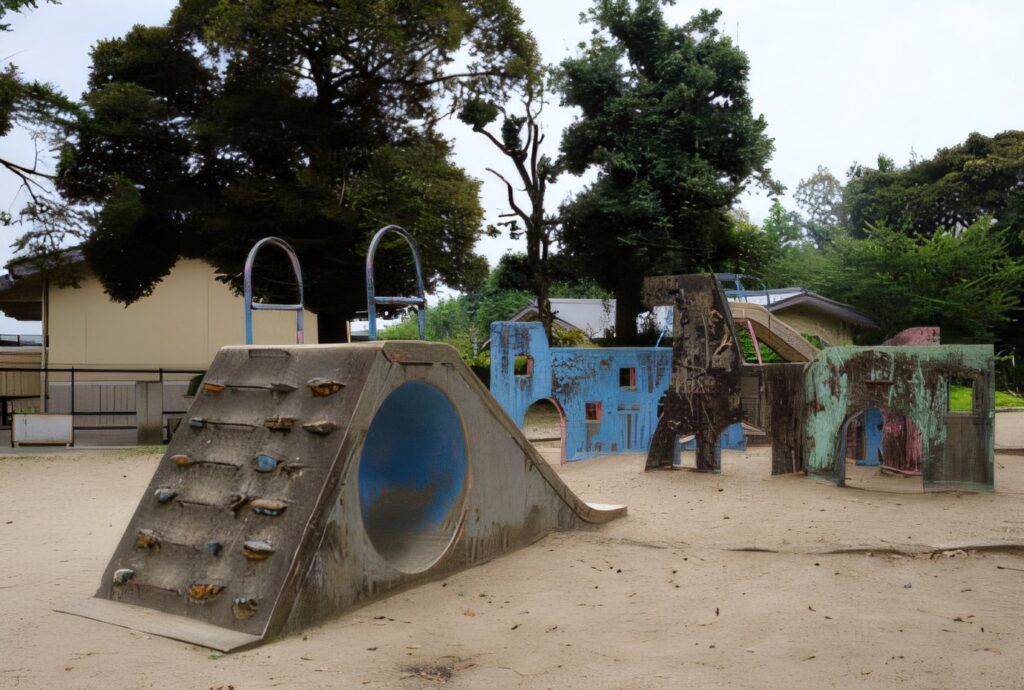
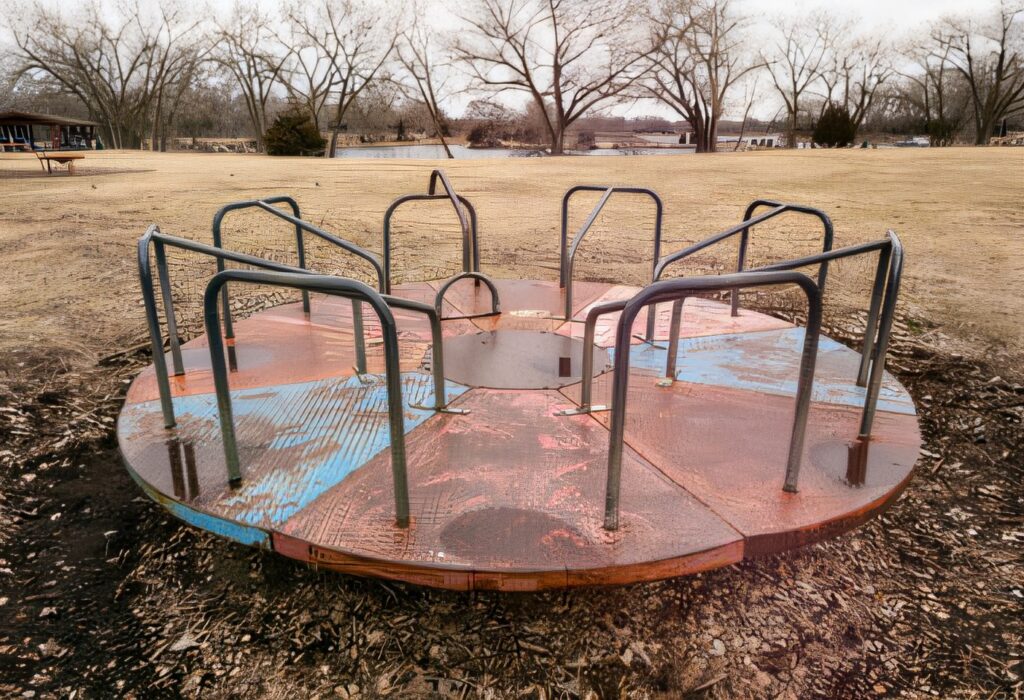
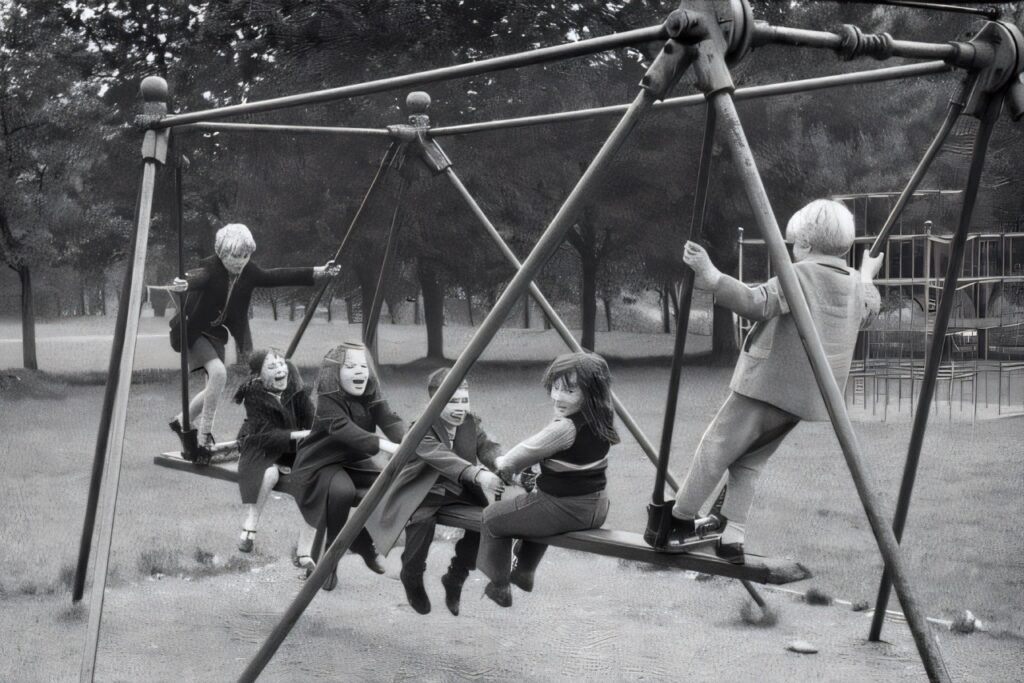
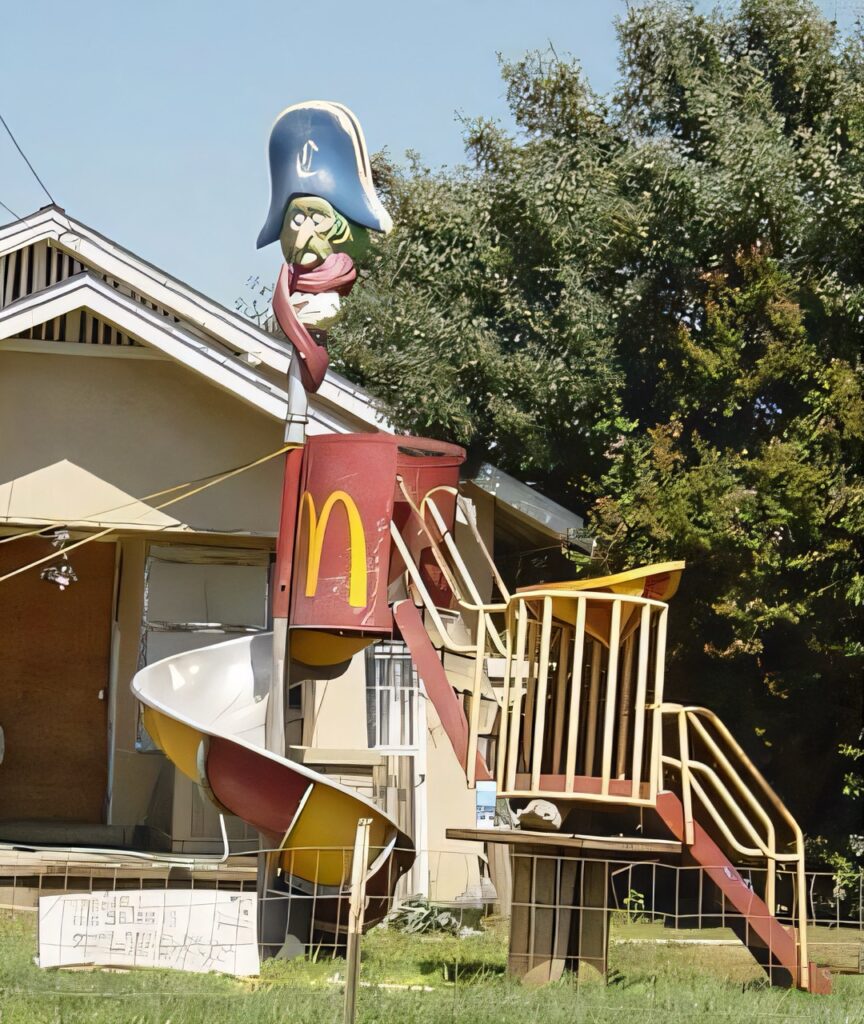
More from Design
Can You Tell If This Art Is Human or AI? Most People Can’t!
Once upon a time, art was the way humans flexed, a way to show off our emotions, imagination, and skill. …
Guess the Pixelated Cartoon Characters: Can You Name Them All?
Cartoon Mysteries: Can You Guess Them All? Every once in a while, we stumble across a challenge that brings together our …










